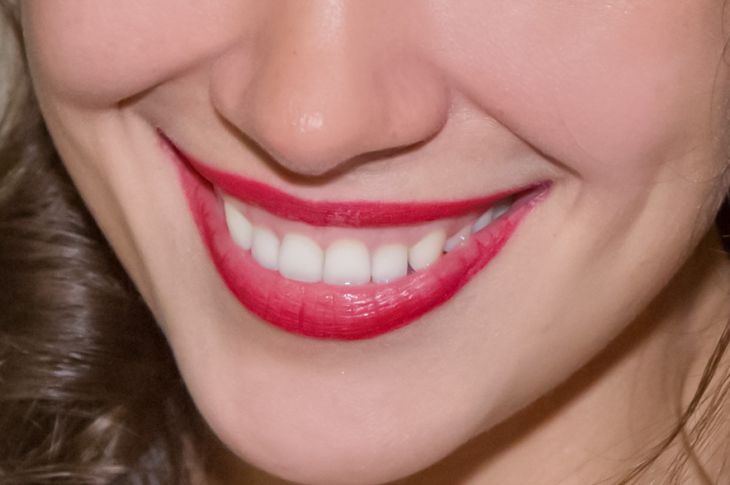A healthy smile starts with proper oral care.
Proper teeth brushing technique is the basis for preventing plaque formation and the development of caries.
Modern techniques allow you to achieve maximum effect with minimal effort.
Choosing the Right Toothbrush
A quality toothbrush becomes the main tool in the fight against plaque. The best option is considered to be a medium-hard brush with rounded bristle tips.
The head size should match the jaw size. Electric brushes provide more thorough cleaning of hard-to-reach areas.

Teeth brushing technique
The correct technique involves sweeping movements from the gum to the edge of the tooth. The outer surface is cleaned with circular movements, the inner surface with vertical movements.
Chewing surfaces require horizontal movements. The procedure takes at least three minutes, with each area receiving equal attention.
Toothpaste and additional products
The modern market offers a wide range of toothpastes. Professionals recommend pastes with fluoride to strengthen enamel.
Mouthwashes enhance the cleaning effect, destroy bacteria in hard-to-reach places. Dental floss helps remove plaque between teeth.
Frequency and time of cleaning
Morning and evening brushing of teeth are considered mandatory procedures. The optimal time for brushing is thirty minutes after eating.
Daytime brushing is recommended if possible; an alternative is to rinse your mouth after meals.
Common mistakes when cleaning
Many people make typical mistakes: too much pressure on the brush, horizontal movements across the entire surface, insufficient brushing time.
Improper storage of the brush promotes the growth of bacteria. Untimely replacement of the brush reduces the effectiveness of the procedure.
Prevention of plaque formation
Regular oral hygiene prevents plaque formation.
A balanced diet, limiting sweets and sour foods help maintain healthy teeth. Quitting smoking helps avoid yellow plaque on the enamel.
Professional cleaning
It is recommended to visit your dentist for a professional cleaning every six months.
The specialist removes hard deposits that cannot be removed at home. The procedure includes tartar removal, enamel polishing, and coating with protective compounds.
Features of care for orthodontic structures
Braces, veneers, crowns require a special approach to hygiene. Special brushes help clean the space around the braces.
The irrigator effectively removes food debris from under bridge dentures. Additional hygiene products become mandatory.
Nutrition and oral hygiene
Proper nutrition affects the condition of tooth enamel. Products rich in calcium strengthen teeth.
Hard fruits and vegetables naturally clean the surface of your teeth. Drinking water after meals helps wash away food debris and neutralize acid.








